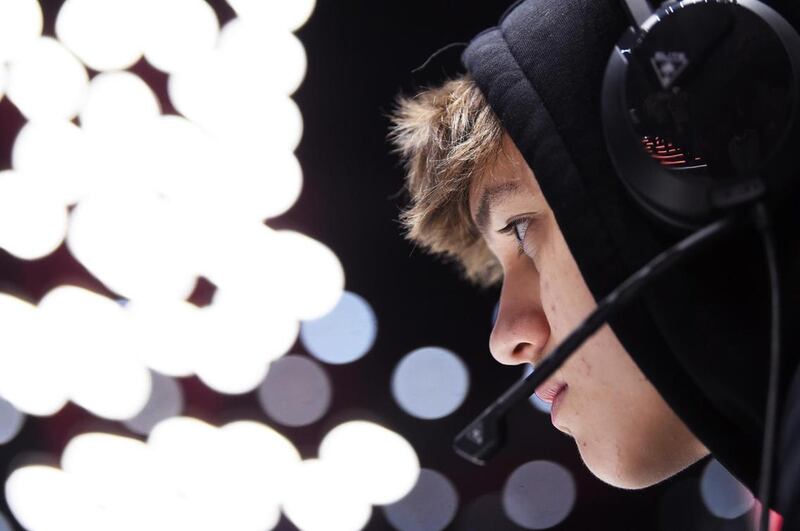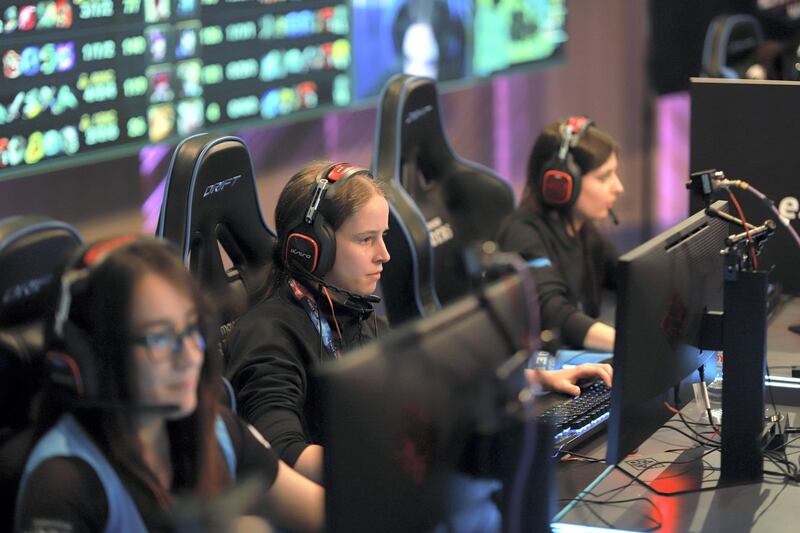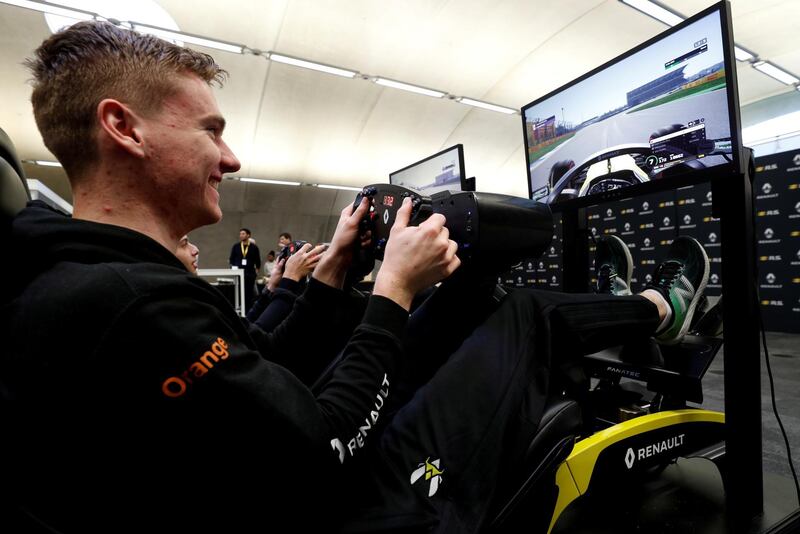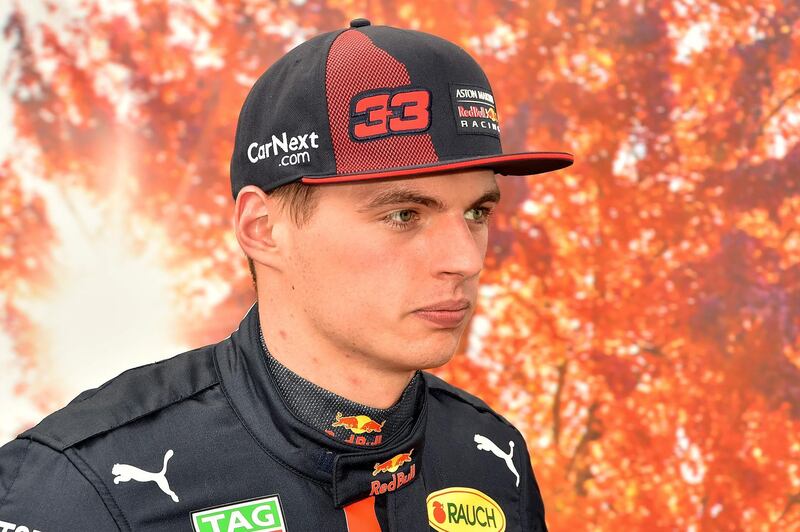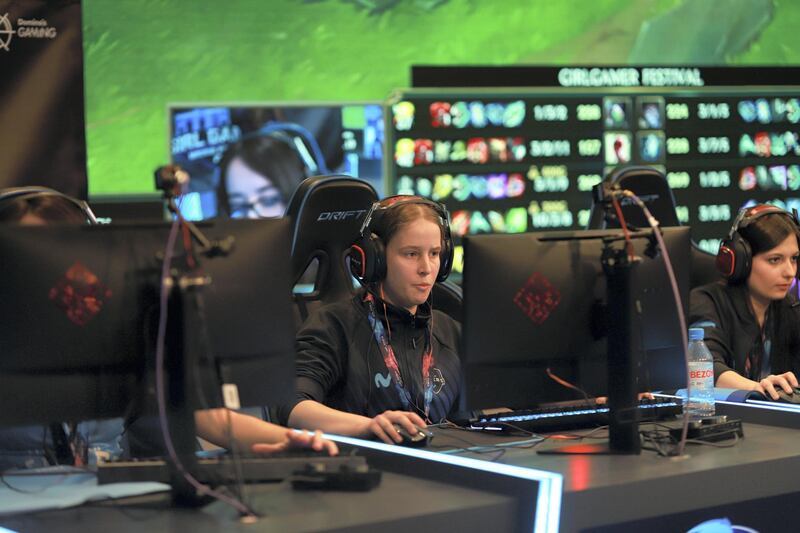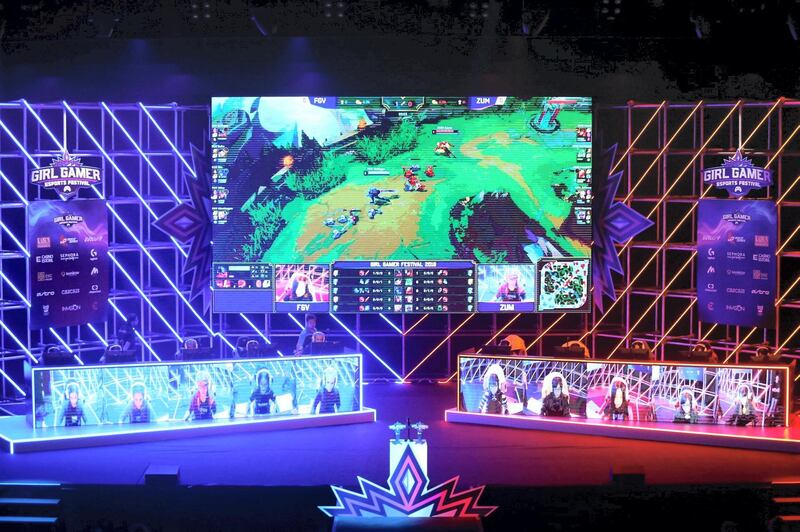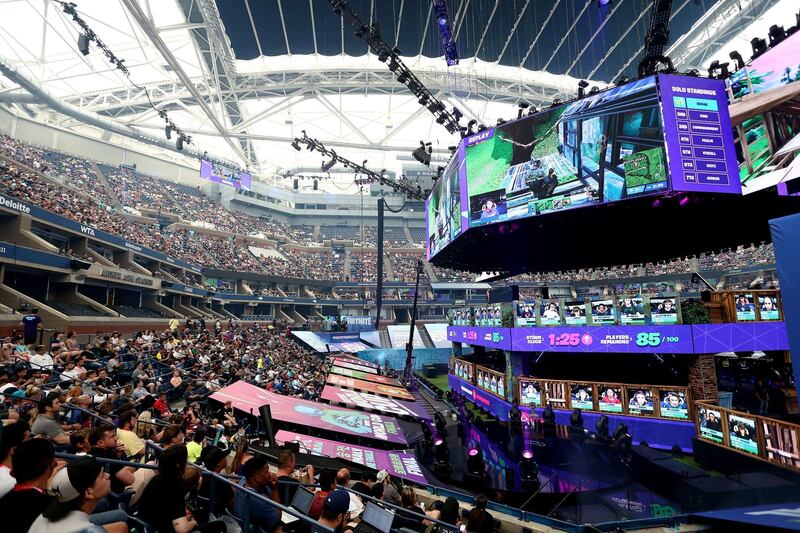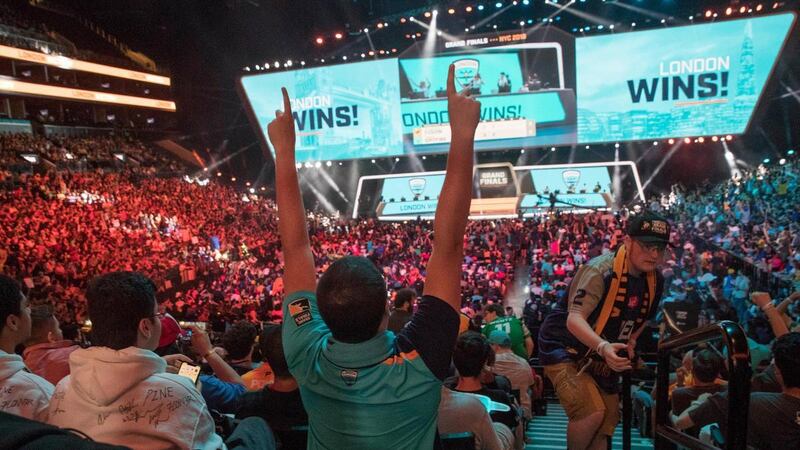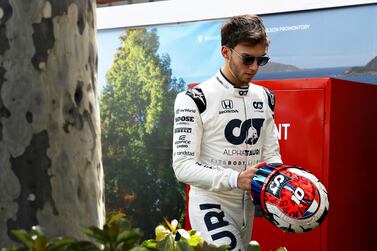Formula One dipped a tentative toe on Sunday into a virtual racing world that may, one day, be very real.
It launched a new esports F1 series to fill a void in their world championship calendar carved out by the Covid-19 pandemic.
And the sport’s owners did so with an alacrity they failed to show when it took an actual virus outbreak in the paddock to force the cancellation of the Australian Grand Prix eight days before.
The virtual racing, that’s to say computerised gaming, bought together stars from the worlds of F1, sport and entertainment.
Of course if you imagined Grand Prix racing’s biggest draw, Lewis Hamilton, would drag himself away from island seclusion after his narrow escape from the coronavirus your pulse may have, briefly, lifted when you espied a famous name on the entry list. Sadly for his fans, it turned out to be his brother Nic, the saloon car racer.
There was no Max Verstappen either. He’s committed to another platform. Maybe Ferrari’s Sebastian Vettel? Come on … he doesn’t even do Twitter. The big names voted with their feet.
Instead there was rising star Lando Norris, Williams newboy Nicholas Latifi, ex-F1 racers Stoffel Vandoorne, Esteban Gutierrez, and GP winner Johnny Herbert. Plus celebrities headed by Chris Hoy, Ian Poulter and singer Liam Payne. Something for almost everyone.
Each was logging in remotely. Poulter from his home in Florida competing via "golf cam" on a set-up in the garage next to his beloved Ferrari. Nico Hulkenberg was high up in his Monte Carlo apartment, Hamilton outside London, Vandoorne in America.
This was no polished X-Factor with cars and banter. Ok, there was a four-man panel, and they sat a decent "social distancing" one metre apart, but there was no pretence they were in the paddock. Just pundits behind a desk.
A cynic might say that rather than a gift for disappointed fans this was a poorly disguised attempt by owners Liberty Media to recoup a few million after their $8 billion (Dh29.38bn), money-making, F1 juggernaut was bought to a shuddering halt by a microscopic virus.
And they’d be right, of course. The format was played on an F1 game linked to the same people rather than at least two other, slicker, racing platforms.
Nevertheless, such is the dearth of sport, UK broadcasters Sky put it out on three channels simultaneously, including their headline Main Event.
But here’s the thing: once the racing got going, the level of the graphics was astounding. In-car footage was engrossing. Casual observers might not have noticed the difference at times. The drivers may have been separated by thousands of miles but the cars were just inches apart much of the time.
Fans had their drama and there was even the odd crash, but without the fear of injury (to anything but pride). Nor any extensive delays while the rescue crane was wheeled out.
Ok, I can accept the Bahrain twilight somehow looking more like a misty English morning but cars driving to the grid slots through their rivals was rather harder to forgive.
Qualifying lasted just 18 minutes and the race itself was barely longer, cut suddenly from 28 laps to 14 because of “timing issues”.
Penalised
And then there was the packaging; the raw nature of the experiment was apparent when star turn Norris went missing for most of qualifying and the race when his internet link went down. The race winner’s interview vanished into thin air. Racers appeared and disappeared from the running order.
But given it was put together in a matter of days maybe F1 deserves praise for what it achieved rather than what it missed. Sport-starved fans certainly thought so.
Given the entry list, the racing was pretty much as expected – part GP and part karting day with mates.
The only F1 winner on the grid, Herbert straight-lined the first double hairpin and 100 yards of earth to jump from 16th into the lead – very un-F1 – before being penalised.
In fairness Herbert was treating the event with the same frivolous, celebrity kart-race, crash-bang-wallop attitude as the promoters.
But once the meat of the competition was underway there were some truly immersive duels, particularly between poleman Philipp Eng and Guanyu Zhou as the lead changed hands more times than all but a handful of GPs in the last 20 years.
And it was a crowning irony of the type that real sport specialises in that the winner of what has been glibly labelled the Coronavirus Championship was from China.
Polish
Of course it all lacked the visceral edge of the real thing. There was no instinctive wince when a car speared headlong into the crash barrier. It was like a movie; it only really worked if you suspended disbelief.
But here’s the thing: half a million watched on Facebook, 200,000 sat in live on YouTube, and that soared to over a million on playback before the night was out, while Norris boasted another 40,000 on his own Twitch gaming output (no, I hadn’t heard of it either).
And that’s just the start. By any estimates the promoters had something to celebrate and another race is already scheduled for Melbourne in a fortnight.
But could I buy into this as racing entertainment? With a bit of polish, definitely. Will it make everyone forget the real thing exists. Certainly not. Is this virtual racing the future of F1? Probably, yes. But not any time soon.
